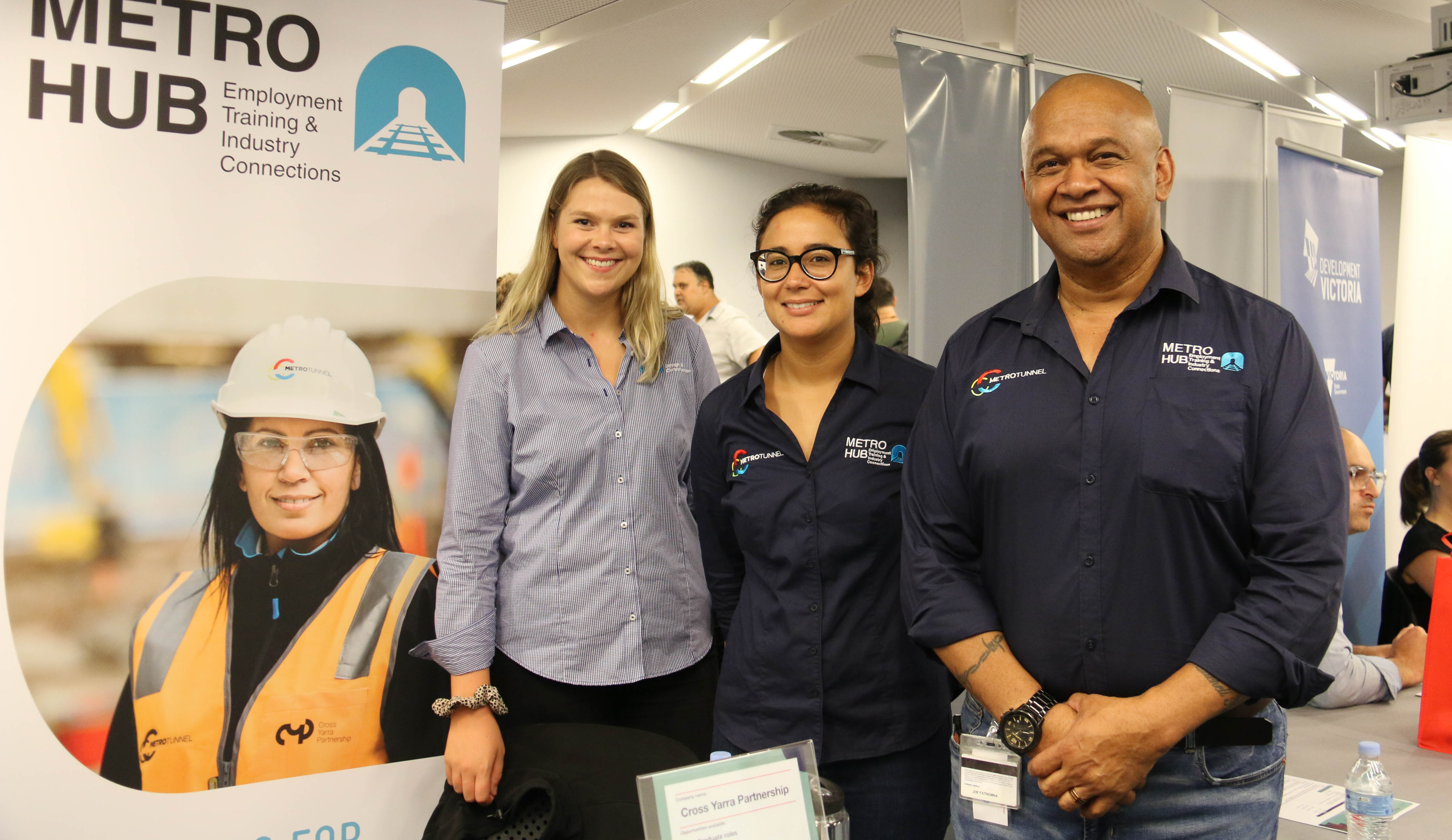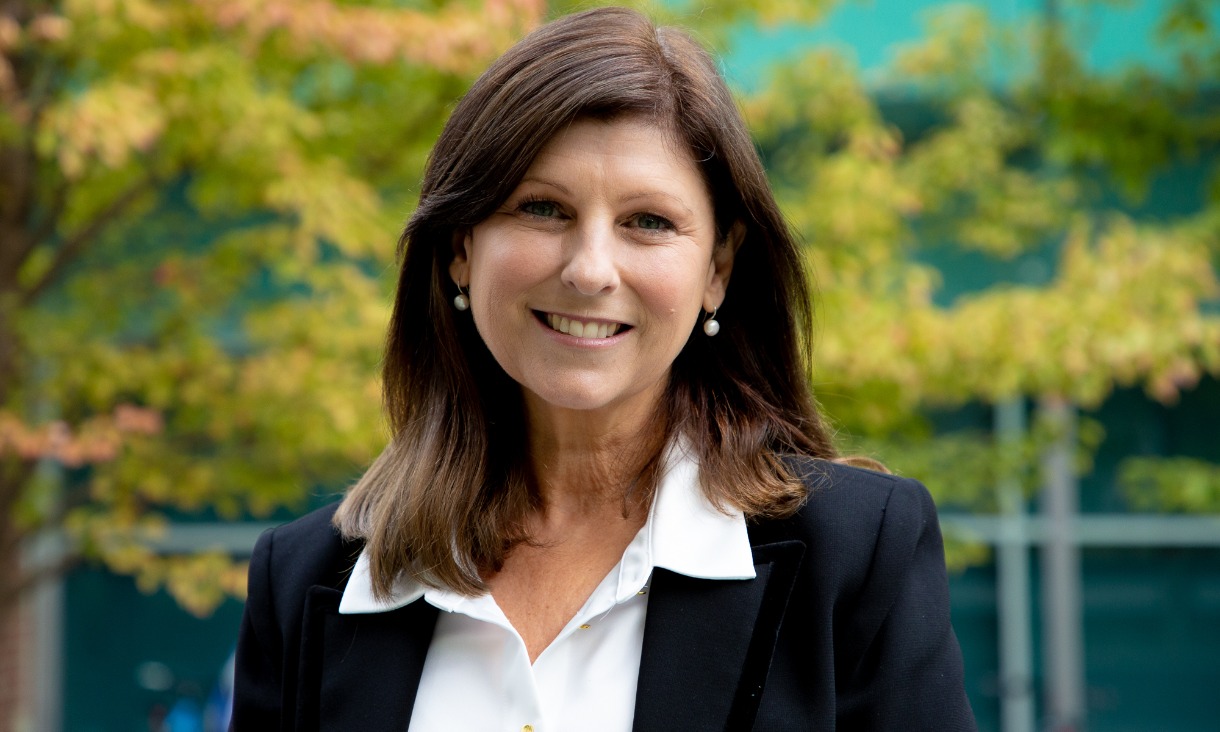Founder of DSI4AU and Pearcey Foundation Deputy Chair, Kelly Hutchinson said she believes everyone has something to share and open innovation is what will enable us to do it.
“It’s about the application of knowledge to a whole other context or industry and being bold enough to take a risk, make a difference and inspire others,” she said.
Culture, speed and failure
Head of Innovation and Product Development at TOLL Global Logistics, Peter Carney said he is often asked what innovation means.
“The best answer I have is – we want to do new and better things, quicker,” he said.
“We have a big pool of talent in Australia, we can draw on that to find solutions that will enable our businesses to innovate and grow.”
When it comes to embracing innovation as a business model, Bernard Lee from Australia Post’s Strategy and Innovation Portfolio said workplace culture is key.
“Culture is critical to making open innovation work. You have to have leaders who believe in an innovation culture,” he said.
“The best innovators are the ones who have failed in the past. You learn a lot when you fail, then you move on and do better.”
Innovative Manufacturing Cooperative Research Centre (IMCRC) Manufacturing Innovation Manager, Matthew Young agreed, adding that culture and fit were important considerations when collaborating.
“You have to be brutally honest in innovation. When you’re engaging industry with universities, the pace people work at often doesn’t match.”
The Global Business Innovation Conversations are a series of research-driven events exploring the latest innovation predicted to propel the future of business in health, manufacturing and finance. Find out more and register for future events.
Story: Grace Taylor





